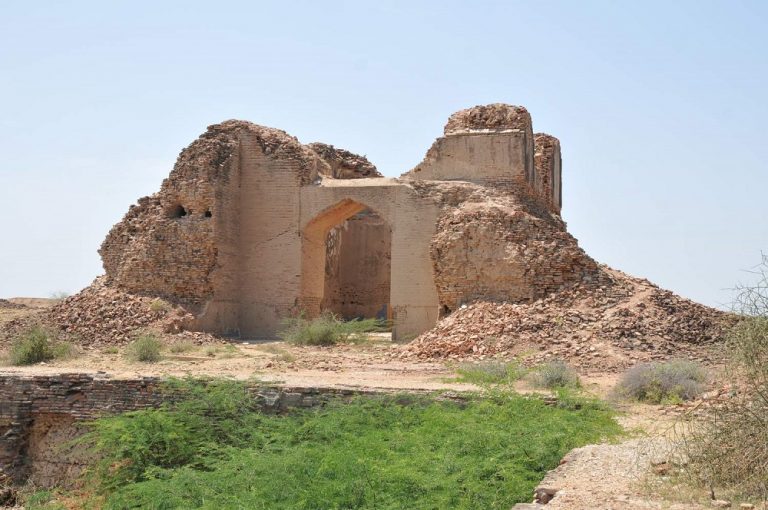
Most historians believe that the Fort was built sometime around the era of the Rai family, a powerful Buddhist family who ruled Sindh around 450-632 CE.
By Kulsoom Malik
With the help of social media and a renewed interest in travel tourism, many people in Pakistan have been curious to explore the vast and mysterious land of Sindh. While many are familiar with the Makli Necropolis at Thatta, located about two hours away from Karachi, not many are aware that another equally fascinating ruin lies just five miles away on a sandy dirt track. Kalan Kot Fort stands tall and mysterious in its tragic ruins among the dry landscape, with very few visitors. But its rich historical tradition can help pave the way for an attempt to reclaim some of its lost heritage.
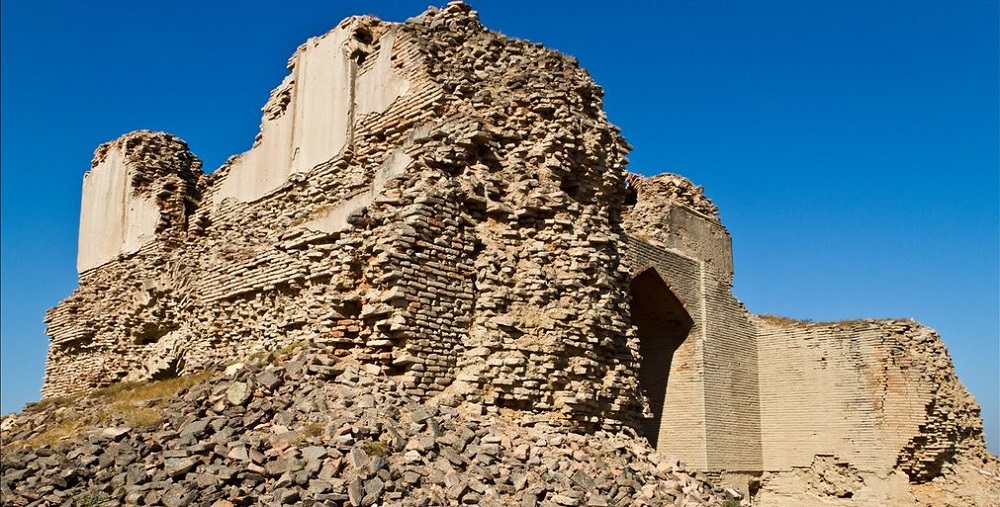
No one is quite sure about the origins of the fort and who laid its first foundations, oral traditions and local histories point to some possible theories. When talking about the fort, Sindhi historian Dr. Muhammad Ali Manjhi narrated a myth that the city of Thatta was once home to a large and powerful snake. As he rested, his face lay towards the Fort, ensuring the prosperity of the land. However, when the snake turned its face to Delhi, the city flourished while Kalan Kot lost its beauty. And in many ways, Kalan Fort has been influenced and changed by the political and historic circumstances of Delhi.
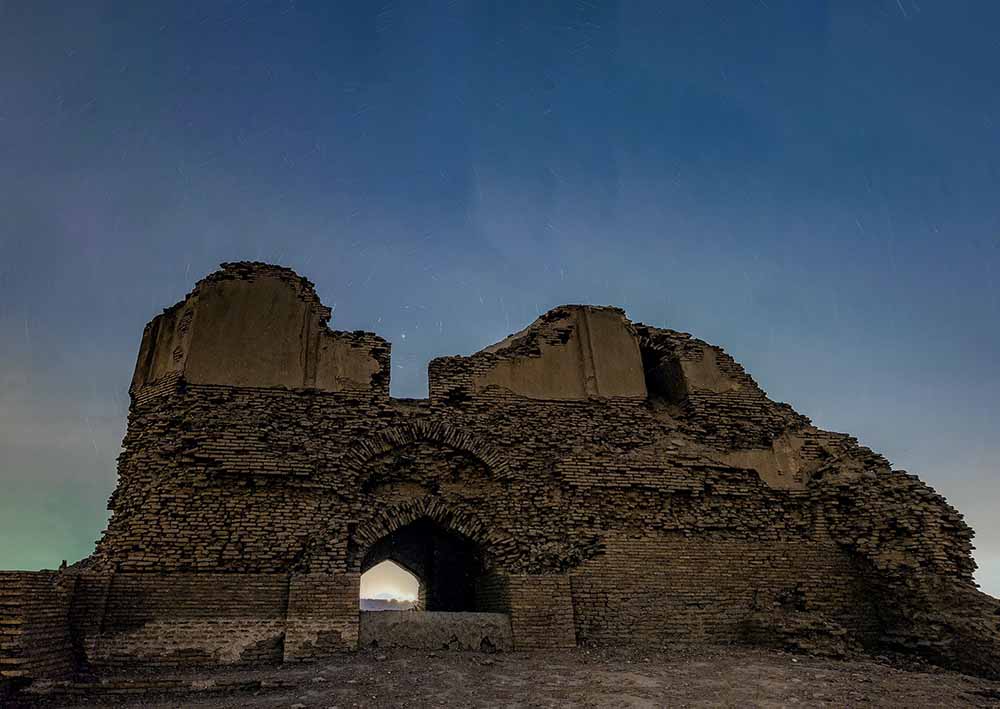
Most historians believe that the Fort was built sometime around the era of the Rai family, a powerful Buddhist family who ruled Sindh around 450-632 CE. They ruled the area as one of five prominent families for five generations, until the throne was lost to a Hindu Brahmin king named Taja Chach (Chach of Aror).
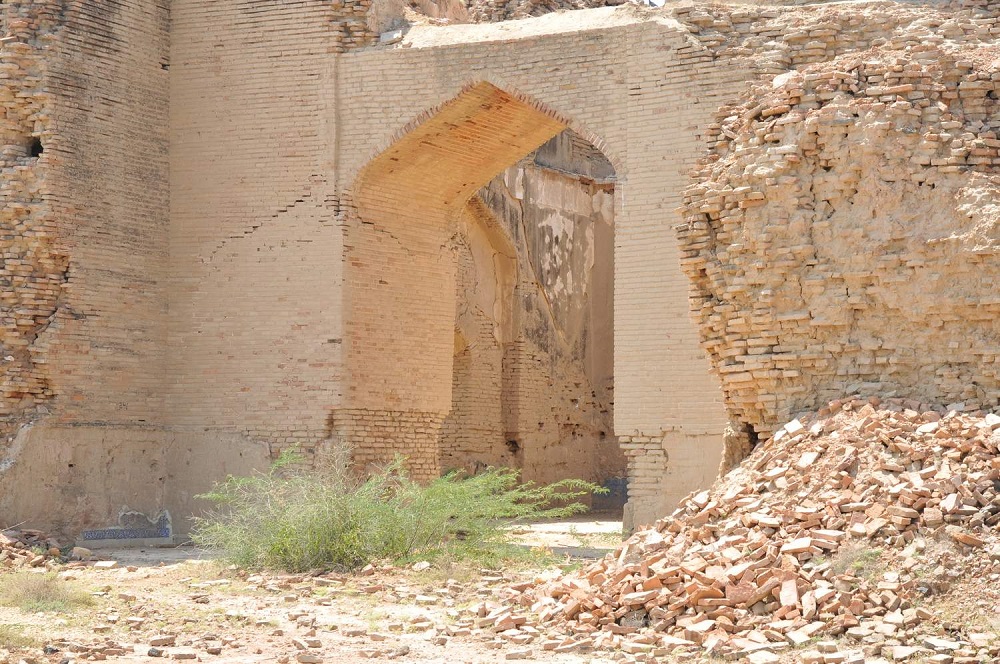
Kalan Kot (the Great Fort) is known by many other names like Samma Fort, Taghzul Abad or Kalyana Kot (the word ‘Kalyan’ means peace and prosperity in Sanskrit). Thatta was once seen as a city of great trade, education and culture along the Indus River, and was a prized possession for those who wanted to control Sindh. Just as the city has seen multiple rulers come and go, the Fort has also been the stronghold for several ruling dynasties. But mysteriously, none of these rulers ever managed to successfully rebuild the Fort in its entirety.
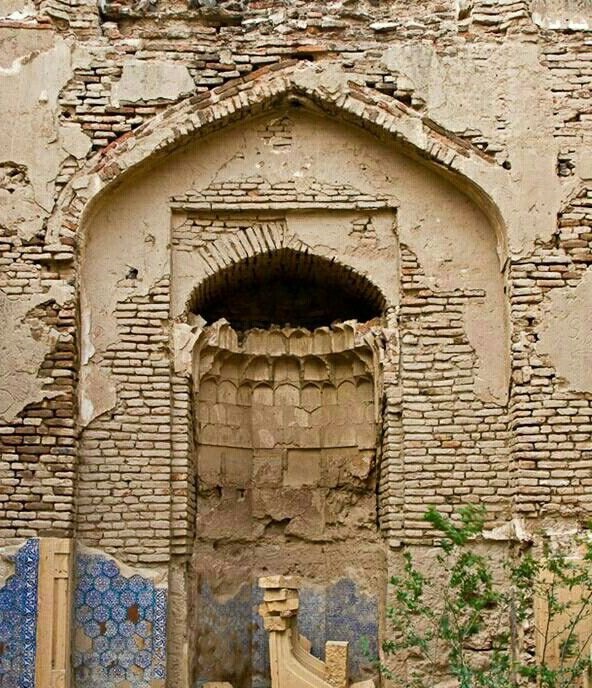 As its ruins stand, the Fort (historically named Tughlikabad) was rebuilt over the ancient structure by Jam Thagur (Tughlik) of the Samma Dynasty in the 15th century CE. Initially a Rajput family, the Sammas ruled what is now Thatta during the medieval era until the Tughliks of the Dehli Sultanate took over. While Feroz Shah Tughlik, the famous conqueror of Delhi, took over Thatta but he was unsuccessful in controlling the Fort due to its high towers and the strategic ponds which prevented access into the premises.
As its ruins stand, the Fort (historically named Tughlikabad) was rebuilt over the ancient structure by Jam Thagur (Tughlik) of the Samma Dynasty in the 15th century CE. Initially a Rajput family, the Sammas ruled what is now Thatta during the medieval era until the Tughliks of the Dehli Sultanate took over. While Feroz Shah Tughlik, the famous conqueror of Delhi, took over Thatta but he was unsuccessful in controlling the Fort due to its high towers and the strategic ponds which prevented access into the premises.
In a passage from the Makli Nama, written by historian Mir Ali Sher Qaney Thattvi, he described the ancient fort as thus: “The towers of the fort appear to be touching the sky. The walls of the fort are surrounded by majestic scenery comprising green fields and heavenly orchards.”
The Mughals also left their mark on the fort, and it remained in use till the time of Aurangzeb. It was renamed to Tugril Abad, after a Mughal officer named Tughril Baig (who is buried at Makli). Baig was instrumental in fighting off local invaders, and Kalan Fort was used as an ammunition depot to store weapons in case of revolt. Another historical account takes the side of local ruler Mirza Jani Baig, who may have begun restoration in the last quarter of the 16th century, but fled when Akbar’s troops entered Sindh.
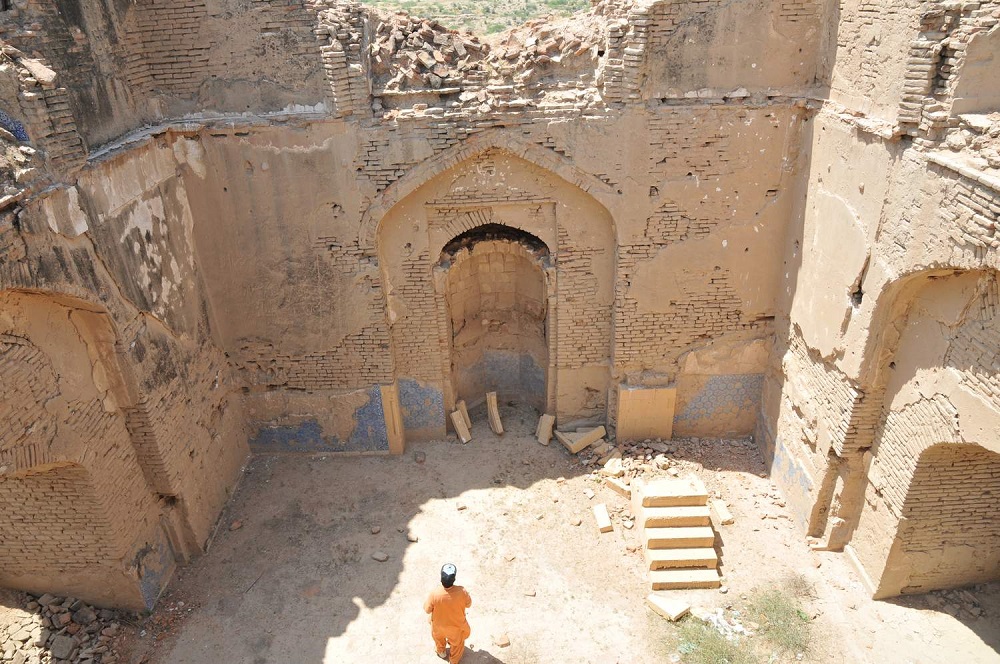
Whatever old Hindu structures initially stood were wiped out, and much of the architecture that remains has a Muslim design, and one can still see the exterior walls of a mosque. Many Hindus of the area visited the temple and sacrificed animals to pay homage to their gods. Throughout history, the city and the Fort has also been used as a haven for those fleeing from persecution. However, those who used it last disappeared without a trace, and the once beautiful verdant scenery has become a dry, desert-like area and a forgotten site.
Today, one can walk through the main archway, and get a brief glimpse of what a towering presence Kalan Fort must have been. The site is built with the same burnt clay bricks which seemed to be used at Makli, and in another historical town close to Thatta named Jungshai city. There are still a few discernable buildings in the otherwise ruined compounds, like army barracks and multiple ponds that color the otherwise hot, barren landscape. Its fate has been similar to those of other beautiful and historically rich sites in Sindh, that of decay, neglect and encroachments.
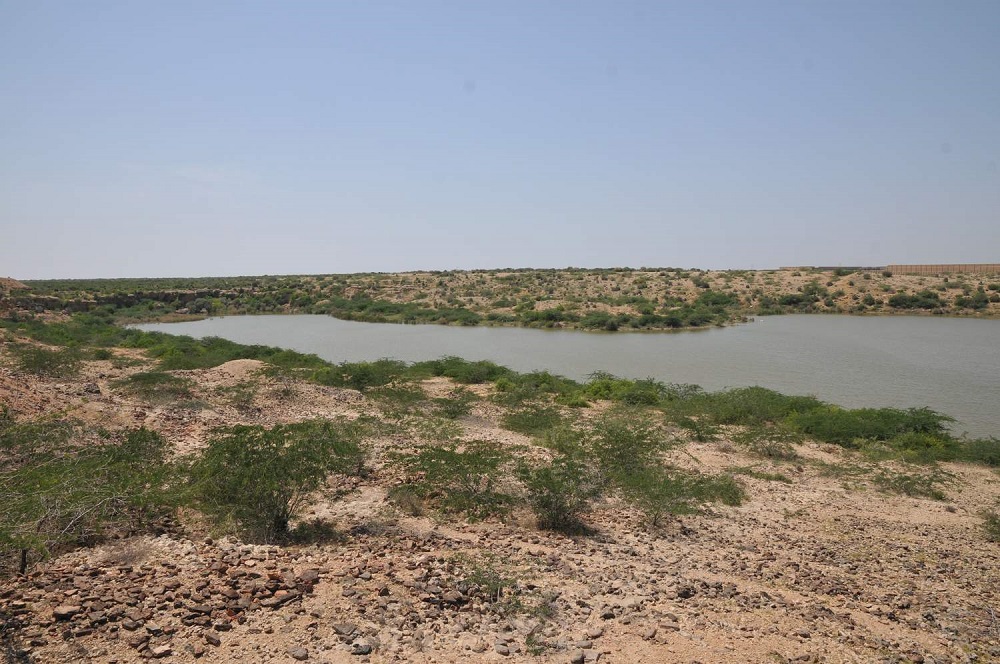
It is unfortunate that Kalan Fort now exists more in textbooks than it does as a living heritage site. While there is public interest in visiting or learning more about these sites, there is a severe lack of funding and experts to handle the Fort in its fragile condition. The Fort is technically a UNESCO heritage site as a part of the Makli Necropolis compound, but unfortunately lies on that section of the premises neglected by official authorities. Perhaps, with the recent interest in conservation for tourism, comes a new hope for the sites of Sindh to secure some resources for their survival and preservation.
__________________
Courtesy: Youlin Magazine (Posted on May 26, 2021)